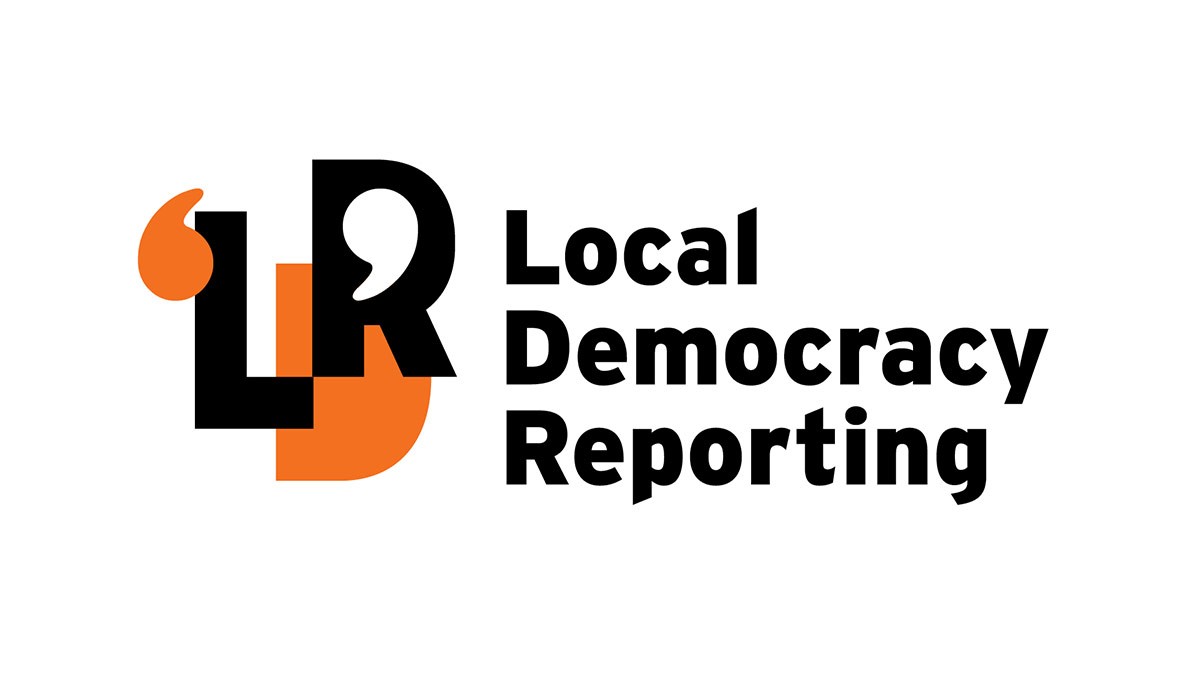Council reconsiders plea to protect site of ‘extreme cultural, spiritual’ significance


An area just north of the Wairau Bar, that Te Rūnanga a Rangitāne o Wairau asked the council to list as a site of significance in 2016. Photo: Supplied.
The Marlborough District Council is working with iwi on how an area of “extreme cultural, spiritual” and historical significance near the Wairau Bar could be better protected.
Kowhai Pā is a Māori settlement where archaeologists have found evidence of urupā (burials), stone ovens, and tools dating back to 1840. The site is just north of the Wairau Bar, New Zealand’s earliest known Māori settlement circa 1250AD, known as “New Zealand's most significant archaeological landscape”.
The pā and some of the area surrounding it is not currently protected under Marlborough’s Proposed Environment Plan (PMEP), despite calls from iwi for its inclusion when the plan was first drafted by the Marlborough District Council in 2016.
Te Rūnanga a Rangitāne o Wairau first asked for the area to be listed as a Site and Place of Significance to Marlborough’s tangata whenua following notification of the PMEP in 2016.

Its submission sought better protection for Wairau Lagoons, wāhi tapu (sacred places) and archaeological sites, which also encompassed the Wairau Bar area.
The Proposed Marlborough Environment Plan (PMEP) fused together three of the region’s major management plans, and set out what activities were appropriate in Marlborough's urban, rural and coastal environments.
A report prepared for Marlborough's environment and planning committee earlier this month said the hearings panel accepted two areas of the Wairau Bar should be identified in the plan as a heritage resource.
However, the report said there were uncertainties as to what extent the land north of the Wairau Bar, listed as “Area C”, should be recognised as a heritage site. Kōwhai Pā sits within “Area C”. The council was concerned it had not consulted “Area C” landowners enough.

Meanwhile, a report on Kōwhai Pā was commissioned in 2016 due to disturbances made by landowners. The report by Habberfield-Short, published online by Heritage NZ, recorded 13 historically-significant sites at Kowhai Pā, with evidence of urupā, argillite toki (axe), stone ovens and midden scatter, moa bone and moa eggshell, and seashells.
Rangitāne and Heritage New Zealand Pouhere Taonga appealed the council’s decision to exclude “Area C” from its PMEP.
Rangitāne’s notice of appeal to the Environment Court said “Area C” contained over 30 registered archaeological sites that dated back to the earliest period of settlement of the Lower Wairau plain in the 14th and 15th centuries.
It said the sites were of significant rarity and uniqueness by their association with the Wairau Bar.
“The area is of extreme cultural, spiritual and historic significance to the Rangitāne o Wairau people who have kaitiakitanga over this area, and therefore the area should be given the same weight and merit in terms of historical significance as the areas to the south of the Wairau Bar,” the notice said.

As part of the Environment Court mediation process, the Marlborough District Council, Rangitāne and Heritage NZ agreed it would be “more effective and efficient” to resolve the issue of inclusion of “Area C” in the PMEP by way of a variation to the plan.
The parties then entered into a memorandum of understanding in order to resolve the appeal, and agreed to investigate and develop a variation.
Marlborough District Council strategic planner Kim Lawson told the committee they were proposing to prepare the variation because of the site’s significance to iwi.
“The process will involve consultation with all relevant parties, including all iwi and potentially affected landowners including on the spatial extent that is to be included in the plan, and also the most appropriate plan provisions to apply,” Lawson said.
“The final draft will be brought back to committee for approval of notification.”
Public Interest Journalism funded through NZ on Air.

